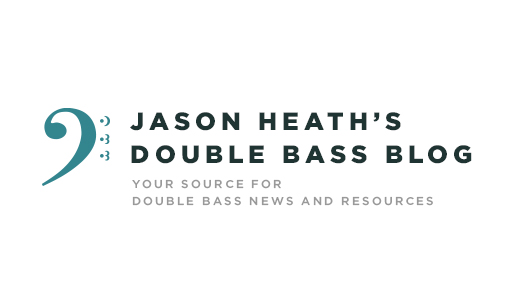I wrote a two-part post last summer on what to look for when purchasing a bass. I have since retooled this post into a full article and have submitted it for publication, and I’ll let readers know when and where they can find this article when it comes out.
Double bassist John Floeter put out an excellent post a few days ago containing advice that students should keep in mind when looking for an instrument. It is great practical advice from a seasoned professional, and he really lays down the facts in this post:
I highly recommend trying lots of basses, even if they’re not for sale, just to get an idea of the range of what different basses feel like. One of the best places to go to try a bunch of basses that are for sale is in Cincinnati, at the Cincinnati Bass Cellar. Most basses there are sold on consignment, so the price/value ratio can vary. The price/value question aside, it’s more important to get a bass that fits your playing. Basses come in many different shapes and sizes, different string lengths, and each has distinct feel and response.
Older basses have a more comfortable feel in their playability, but don’t be fooled by what you think is being projected out of the instrument and what you hear. They may play nice and easy, but the tone might be to dark or have a bright fuzzy edge that is more apparent 20 feet away than it is under your ear. Try to get someone else to play the same instrument so you can hear what it really sounds like. Basses usually are darker in tone than the player realizes, and the bright fuzzy edge problem is a killer in audition situations.
Read John’s complete post here.
Related Posts:
- Buying a bass part 1 – three basic categories
- Buying a bass part 2 – where to look
- Thoughts on double bass strings
- Sorting out double bass gig bags
- Resources for the double bassist
subscribe to the bass blog – subscribe to bass posts only
Bass News Right To Your Inbox!
Subscribe to get our weekly newsletter covering the double bass world.

I shall take the liberty to link to this from d’Bassists.
The first link leads to where?